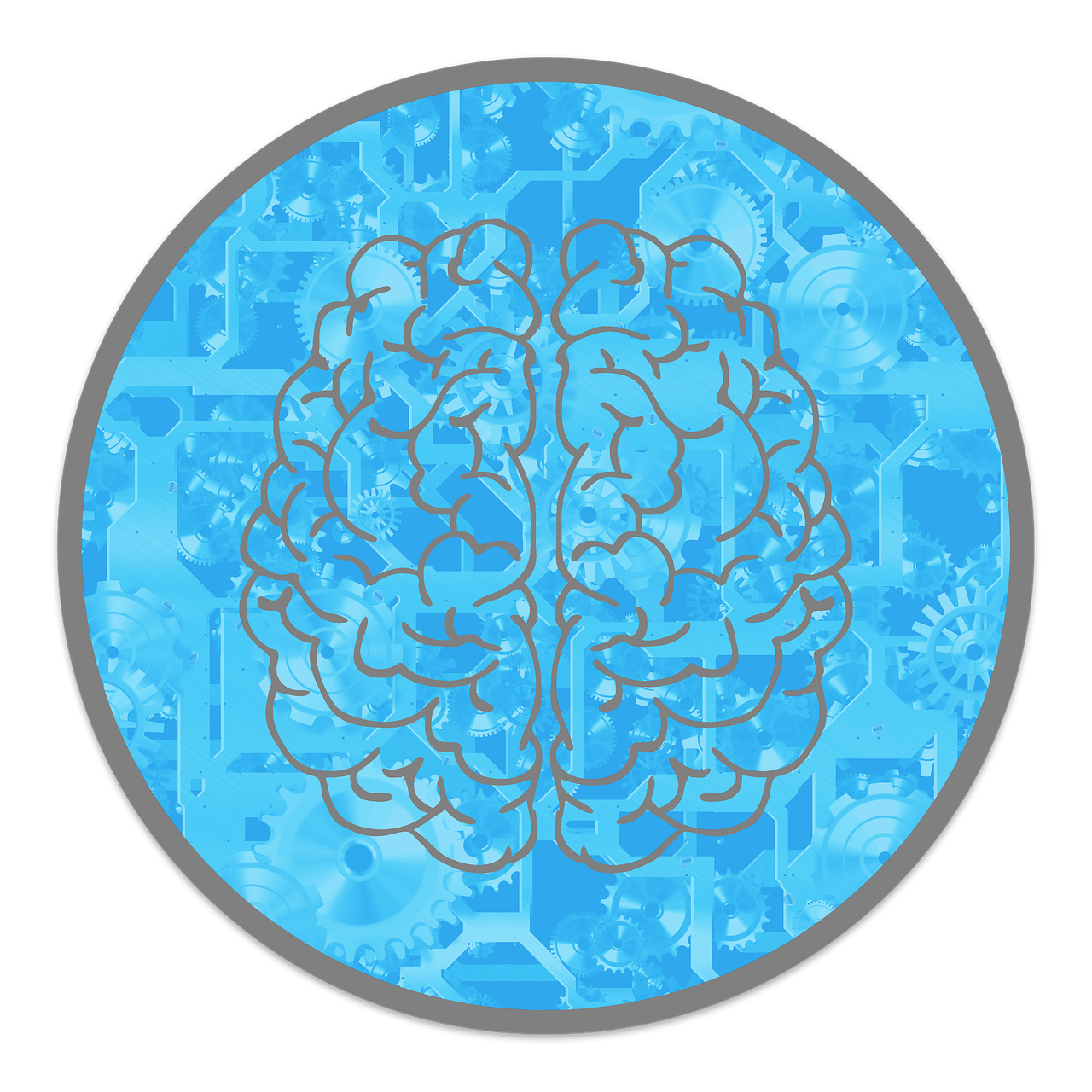
Chronic pain? It’s like your body’s stuck on “screaming alert mode” 24/7—kind of like your phone blowing up with spam texts.
But here’s the twist: your brain has its own superhero team (hello, endorphins!) built to fight pain naturally.
And yes, you can train them like Rocky preparing for a comeback.
While most people chase relief with pills and pricey gadgets, science is now pointing to your brain as the ultimate painkiller factory.
No prescription, just good old biology.
Let’s talk about how to unleash your inner pharmacy—cape optional.
The Connection Between Chronic Pain and Endorphin Dysfunction
When your natural system goes awry
Chronic pain isn’t just about an old injury or sore muscles—it can be your brain acting up too.
When your natural painkillers (endorphins) are low, your body freaks out.
You might feel more aches, sleep worse, and even crave things you shouldn’t. Not fun.
Neuroplasticity: Your brain’s ability to change
Here’s the good news: your brain can change.
It’s called neuroplasticity—a fancy word that means your brain can rewire itself, like upgrading your phone’s software.
The part of your brain in charge (the prefrontal cortex) helps block pain and boost endorphins.

Evidence-Based Methods to Train Your Brain’s Relief System
You don’t need superpowers or a secret lab to feel better—just a few science-backed ways to wake up your brain’s natural painkillers (hey, endorphins!).
Here’s how to show them who’s boss:
1. Exercise: The natural endorphin booster
Think of movement as a love letter to your brain’s pain relief system.
No, you don’t have to run a marathon or bench press a car.
- Start small: Go for a walk, splash around in the pool, or try some chill yoga. Think “zen garden,” not “CrossFit bootcamp.”
- Consistency > intensity: It’s not about how hard you go—it’s about showing up regularly, like your favorite TV rerun.
- Listen to your body: If your body says, “Hey, this hurts,” don’t tell it to suck it up. Rest. Reset.
2. Mind-body practices
Spoiler alert: your brain loves calm.
- Meditation & mindfulness: Sitting still and breathing can actually retrain how your brain handles pain. It’s like teaching your mind to stop panicking when it hears the word “ouch.”
- Deep breathing: Inhale. Exhale. Boom—endorphins. Plus, you’re turning off stress like you’re hitting “Do Not Disturb.”
- Progressive muscle relaxation: Squeeze. Release. Repeat. It’s like a workout for your stress and tension.
3. Social connection and laughter
Pain hates company—especially the good kind.
- Laughter is medicine (Seriously): Laughing gives your brain a mini chemical party. Think of it as a free, side-effect-free high five for your nervous system.
- Join a support group: Talking to folks who get it can help more than a hot compress and ice cream combined.
- Keep social ties strong: Isolation is pain’s favorite wingman. Stay connected. Send that meme. Make the call.
4. Creative expression
Sing off-key. Paint something bizarre. Dance like you’re in an ’80s movie montage.
- Make music or art: Playing music or creating something gives your brain a happy distraction—and a good endorphin jolt.
- Express yourself: When you turn emotions into art, you’re not just being dramatic—you’re healing.
- Bonus if it’s social: Jam with friends, join a paint night, or write poetry at open mic. Creativity + people = endorphin goldmine.
5. Pain reprocessing therapy (PRT)
PRT is like therapy that teaches your brain, “Hey, chill—it’s not actual danger.”
- What it does: Helps your brain stop overreacting to pain signals, kind of like uninstalling that annoying app that keeps sending fake alerts.
- How it works: You learn to see pain differently. Less like an enemy, more like a misunderstood roommate you can eventually kick out.

Advanced Techniques for Brain Training
Okay, so you’ve tried walking, breathing, laughing, and maybe dancing in your kitchen at 2 a.m.—but you want to go full Jedi on your brain’s pain response? Cool.
Let’s talk next-level techniques backed by brain science and a bit of tech magic.
Graded Motor Imagery (GMI)
GMI is basically physical therapy for your brain.
It uses your mirror neurons (those clever little brain cells that fire when you watch someone move) to help reset your pain pathways—without even moving a muscle at first.
Here’s how the GMI trilogy goes:
- Left/right discrimination: You flash pictures of hands or feet and ask your brain, “Left or right?” Weird? Maybe. But it helps retrain how your brain sees your body.
- Imagined movements: Next, you imagine moving the sore body part without actually doing it. Think of it as brain rehearsal without the performance.
- Mirror therapy: You use a mirror to trick your brain into thinking your painful side is moving pain-free. It’s visual illusion meets neuroscience—David Blaine would be proud.
Biofeedback and neurofeedback
These methods are like hooking your body up to a dashboard so you can see what’s going on under the hood—then actually learn to control it.
- Heart Rate Variability (HRV) training: You learn to manage your heartbeat rhythm like a pro DJ. It helps regulate your nervous system and dial down pain signals.
- EEG Neurofeedback: You wear a cap (sadly not a tinfoil one) that reads your brainwaves, then you train them—yes, like Pokémon—so you get more calm, less ouch.
- Thermal Biofeedback: You learn to warm your hands or feet on command. Sounds random, but it helps with circulation-based pain like migraines or Raynaud’s.

Taking Action: Your Next Steps
Learning how your brain fights pain is cool and all, but real magic happens when you actually do the stuff.
So let’s stop just reading and start retraining.
Start this week:
Pick one. Just one. Then make it your new daily thing:
- Move your body: Go for a short walk, stretch like a sleepy cat, or dance like no one’s watching (and please, let no one be watching).
- Try mini-meditation: Set a timer for 5 minutes. Breathe. Chill. That’s it. Your brain will thank you.
- Phone a friend: Reach out to someone who makes you laugh or at least sends you funny memes.
- Book the appointment: Find a healthcare pro who actually gets chronic pain—not just someone who hands you a pamphlet and a prescription.
Build over time:
Slow and steady rewires the brain—promise.
- Do a little more: Add a few more minutes to your movement or meditation. Mix things up—try laughter yoga or art therapy (yes, those are real).
- Test new tools: Not everything will click, and that’s fine. Try mirror therapy, biofeedback, or just journaling your pain patterns like a science detective.
- Bring in the pros: Look for therapists trained in Pain Reprocessing Therapy or neuroplasticity-based treatments. Brain retraining works better with a good coach.
- Keep learning: Stay curious. New pain science drops faster than Netflix series these days.
Final Thoughts: Taking Back the Remote from Pain
Chronic pain might be part of your story, but it doesn’t get to be the main character.
Your brain’s got a built-in pain-fighting squad—endorphins—and with a little training (and maybe some clumsy yoga), you can teach it to chill out on the pain drama.
Neuroplasticity is your brain’s way of saying, “I can change!” And every time you walk, laugh, or just breathe like a Zen master, you’re helping it rewire for the better.
It’s not magic, but it works—with patience, consistency, and maybe a pro on your team.
You don’t need superpowers—just the guts to keep going.



